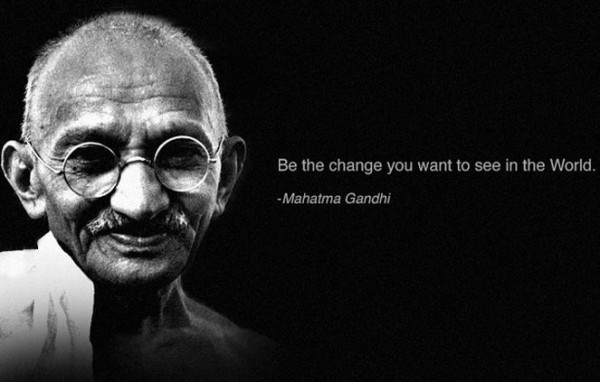
Leadership is not only about leading from the front, it is about creating a work culture of ethics, good organization and management.
Leadership styles affect all aspects of the organization. Right from the lowest intern to the highest executive are bound by that style of functioning.
A person or board at the helm of affairs can be authoritarian, dictatorial, or can believe in getting people involved in the decision-making process.
Leadership theories and studies classify leaders as autocratic, democratic, bureaucratic or charismatic. But one thing is undisputed, leaders are able to influence the outcome of any situation by utilizing the available resources.
An autocratic top-down authoritarianism was how work was done earlier. Mostly, single-owner businesses and organizations functioned in this style, where company policy was decided by what the owner wanted. Orders were given to be carried out, no questions asked. This is a very narrow way of functioning. There is no shared vision or collaboration. This style of leadership is limiting and will not let the organization grow. Such leadership tends to lose innovative and eager workers who can take the business forward.
Bureaucratic leadership
As the name suggests, such leadership tends to be mired in doing the correct thing. Every T has to be crossed and I dotted. Such leaders go by the policies formulated. All executive and strategic decisions are dictated by organizational norms.
This kind of leadership restricts innovativeness and any enterprise. There is demotivation and a failure to carry the people forward. Policies dictate every move at the expense of the situation and people.
Democratic style of functioning
Here the decisions are made by consensus. Instead of the vote of one, you need the nod of many to carry forward any task. It is an egalitarian and participative style of functioning, with more group contribution and solutions.This egalitarian outlook may look great on paper, but it too has negatives.
This style has the drawback of too much time wasted on getting people on board, or weak decisions due to the need for getting the approval of everyone. Additionally, the level of expertise needed to arrive at any opinion or decision is not shared by everyone. Hence, it becomes a compromised style of functioning. Decisions are taken for the greater good by the few who sometimes lack the skills to do so.
Charismatic leadership
It is a double-edged sword. If the leadership falls into the right hands then it can bring about great profitability and benefits for the organization. If not, then it is a slow and definitely steady decline.
Charismatic leaders can carry an organization based on their personality. They have the vision and the smartness to influence people and persuade them to follow along. They are highly motivated and are able to transmute the same down the hierarchy.
If the person in charge is far-sighted, believes in innovation, and introduces changes without upsetting the cart then an organization grows.
If the leader is charismatic but is more about power rather than the organization, then it is not good for the workplace.
The more progressive leadership styles are situational, transactional and adjustable.
Successful leadership is that which responds to the situation and adapts. It is for people who are mature and have experience in leading. Different people react differently and a true leader is one who can gauge where he needs to take charge or let others take the lead. Where he needs to nudge people gently into a situation or drag people who are digging their feet in, to what is beneficial to all.
Research published in the Journal of Business and Psychology after interviewing nearly 1800 people in the government and private sector found that one style of leadership did not fit all circumstances. Leaders needed to embrace different styles of leadership in reaction to a situation or crisis.
Leaders have a direct impact on the outcomes of an organization under their helm. The best style is what works in the circumstances. A true leader is one who leads by example. Do not ask people to do things that you are unable to do yourself.






